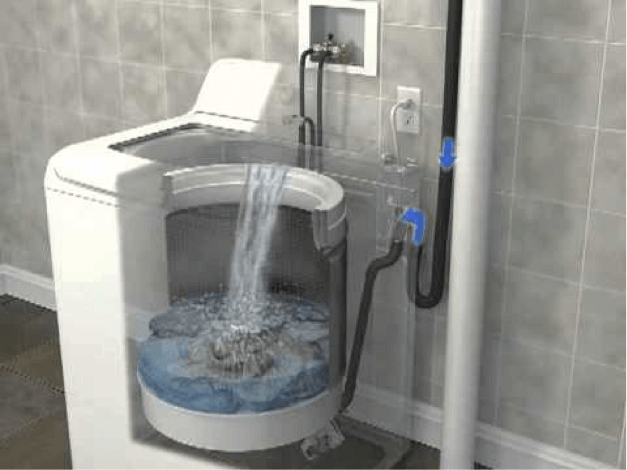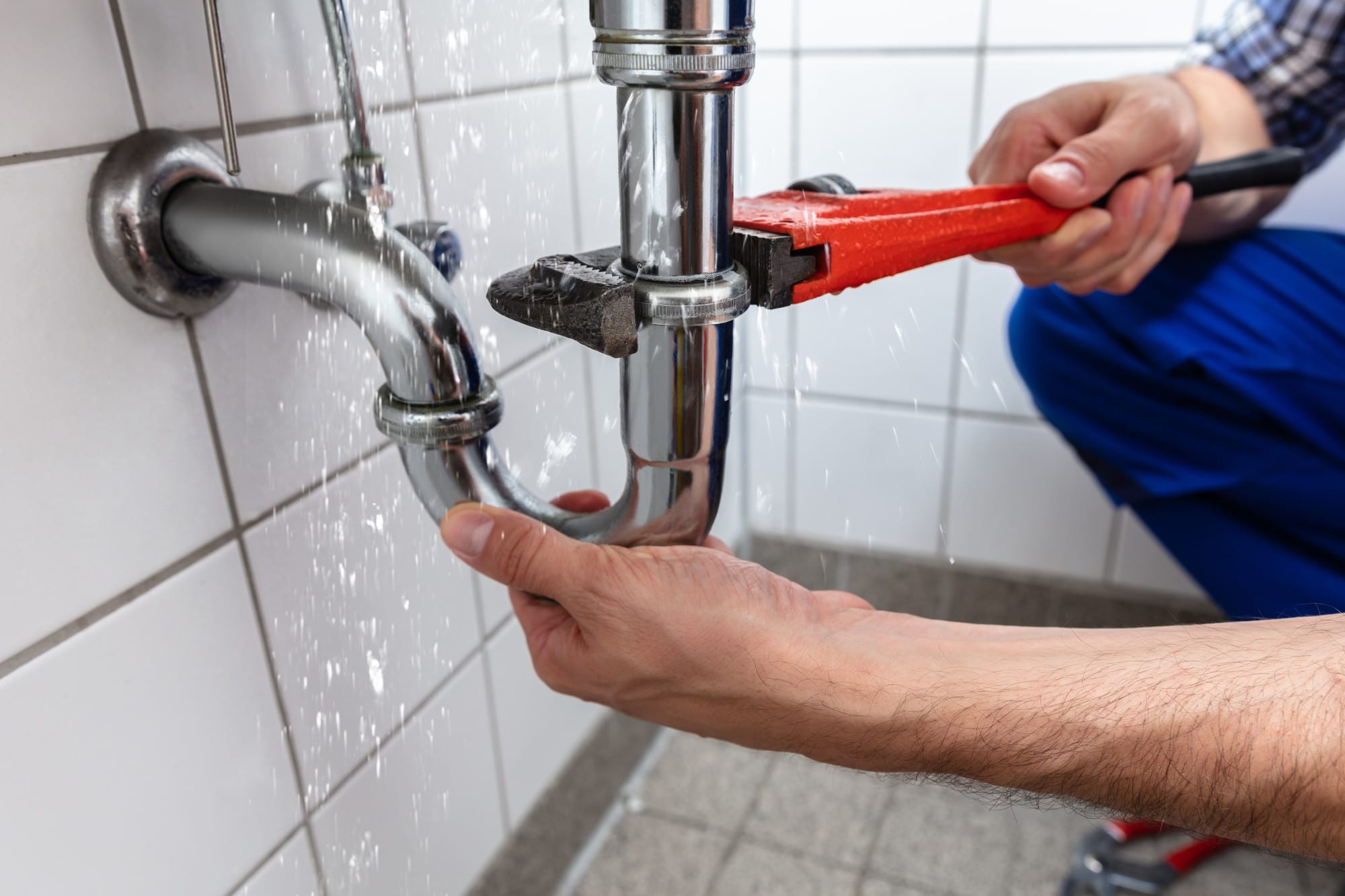Spotting a Busted Pipe and Quickly Applying Proper Repairs
Spotting a Busted Pipe and Quickly Applying Proper Repairs
Blog Article
This post down below in relation to How to Prepare for Your Dishwasher Installation is indeed informative. You should look it over.

A ruptured pipe is a major emergency; you can just stand as you see water you pay a lot to rejoin with the earth. In worse cases, you see a swimming pool on your cooking area floor, which is a great trip risk, particularly if you have youngsters around. If the pipe that ruptured remained in your wall surfaces, problem: you might require to paint that whole section.
Just how can a catastrophe like a burst pipe be protected against and also managed? Well, by listening to your professional emergency plumbings as well as complying with these regulations.
How do I know when my pipelines have burst?
Varying water pressures
Pipes do not simply burst in a day. You might have noticed that your cooking area tap or shower does not run quickly when you transform the tap. It may stop briefly for a few seconds and then blast you with more pressure than common.
In other instances, the water may seem normal in the beginning, after that decrease in pressure after a couple of seconds.
Damp wall surfaces as well as water discolorations
Prior to a pipeline ruptureds, it will leak, the majority of times. If this consistent leaking goes undetected, the leakage may graduate right into a vast tear in your pipeline. One easy means to prevent this emergency is to watch out for wet walls ad water spots. These water spots will lead you right to the leak.
Puddles under pipes and sinks
When a pipe bursts, the outflow creates a puddle. It might show up that the pool is expanding in size, and also regardless of the number of times you mop the puddle, in a couple of mins, there's another one waiting to be cleansed. Frequently, you might not have the ability to map the puddle to any visible pipelines. This is an indication to call a professional plumber.
Untraceable leaking noises
Pipeline bursts can occur in one of the most undesirable places, like within concrete, inside wall surfaces, or under sinks. When your house goes silent, you may be able to hear an aggravatingly persistent leaking noise. Also after you've checked your shower head and also cooking area tap, the trickling may proceed.
Precious reader, the leaking might be originating from a pipe inside your walls. There isn't much you can do about that, except tell a specialist plumber.
Shut off the Water
When water freezes, it expands in volume by regarding 9 percent. And it increases with incredible pressure: The stress inside pipes might go from 40 pounds per square inch to 40,000 psi! No pipe can hold that much pressure, so it bursts. The break may take place where the ice types, yet more often, it takes place where water pressure locates a weak spot in the pipeline. That may be inches and even feet from the frozen location. Locate the water shutoff valve as well as switch off the water to avoid more damage. You may also need to turn off the electricity also, depending upon where the leakages happens and also exactly how large it is.
Infected water
Many people assume a burst pipe is a one-way outlet. Quite the contrary. As water spurts of the hole or gash in your plumbing system, contaminants find their way in.
Your water may be infected from the source, so if you can, check if your water storage tank has any issues. However, if your alcohol consumption water is provided as well as purified by the local government, you ought to call your plumber instantly if you see or scent anything amusing in your water.
What do I do when I identify a burst pipe?
Your water meter will continue to run even while your water wastes. To minimize your losses, find the primary controls and also transform the supply off. The water mains are an above-ground framework at the edge of your residential property.
How to Fix & Detect a Leaking Pipe
How Do I Know if a Pipe is Leaking?
Leak detection tests can help you determine if your pipe has a leak. Even if you don’t see an apparent leak, you should still conduct leak detection tests regularly to save water and money—and prevent major damage to your home.
Water meter. It can be helpful to figure out what your usual water meter usage numbers are and then monitor them regularly. To monitor your meter, first, turn off all water faucets in your home. Check the meter and write down the numbers. In a few hours, check the meter again. If the numbers have changed, you have a leak. Water gauge. Use a water gauge to test your water pressure. Your showerhead should produce a certain amount of water pressure based on its model and design. If the pressure is lower than it is supposed to be for that specific showerhead, your home likely has a leak. Puddles. Look inside your bathroom, laundry, and kitchen sink cabinets. Puddles around the cabinets or around toilets, tubs, showers, and washing machines indicate the presence of a leaking pipe. You may also notice loose tiles, peeling or flaking paint, or mold caused by water accumulation. Napkin test. Even if you don’t see any puddles, you may still have a leak. You can test for water leaks in the bathroom, laundry, and kitchen by wiping below-sink connections with a napkin, paper towel, or piece of toilet paper. If it becomes damp, you probably have a leaking pipe under the sink. Discolored walls. Walls that are discolored—usually with brown or yellow stains—or bulging might mean that they have been impacted by water damage caused by a leaking pipe. Smell. A leaky pipe will create sitting water, and over time, that water may develop a musty smell. If your home smells musty, but you can’t locate the source, it may be due to a leak. Steps for Fixing a Leaking Pipe
A leaky drain can be remedied by tightening the pipe base, replacing the drain seal, caulking the rim, and tightening the pipe nut. Similarly, a leaking toilet pipe can be treated by tightening the packing nut. You may also need to replace the valve. A leaky faucet may just need tightening or replacement of the washers. If that doesn’t work, consider replacing your faucet. If your pipe has a hole in it, you may want to use a pipe leak sealer or pipe leak tape. This quick fix for water pipe leaks can also temporarily fix a copper pipe leak. https://www.ahs.com/home-matters/quick-tips/how-to-tell-if-pipes-are-leaking/

I am just very occupied with What to Know Before Installing a Dishwasher and I am assuming you enjoyed my entry. Loved our write-up? Please share it. Let others discover it. Thanks for your time. Kindly come by our blog back soon.
Stress-free fix? Contact. Report this page